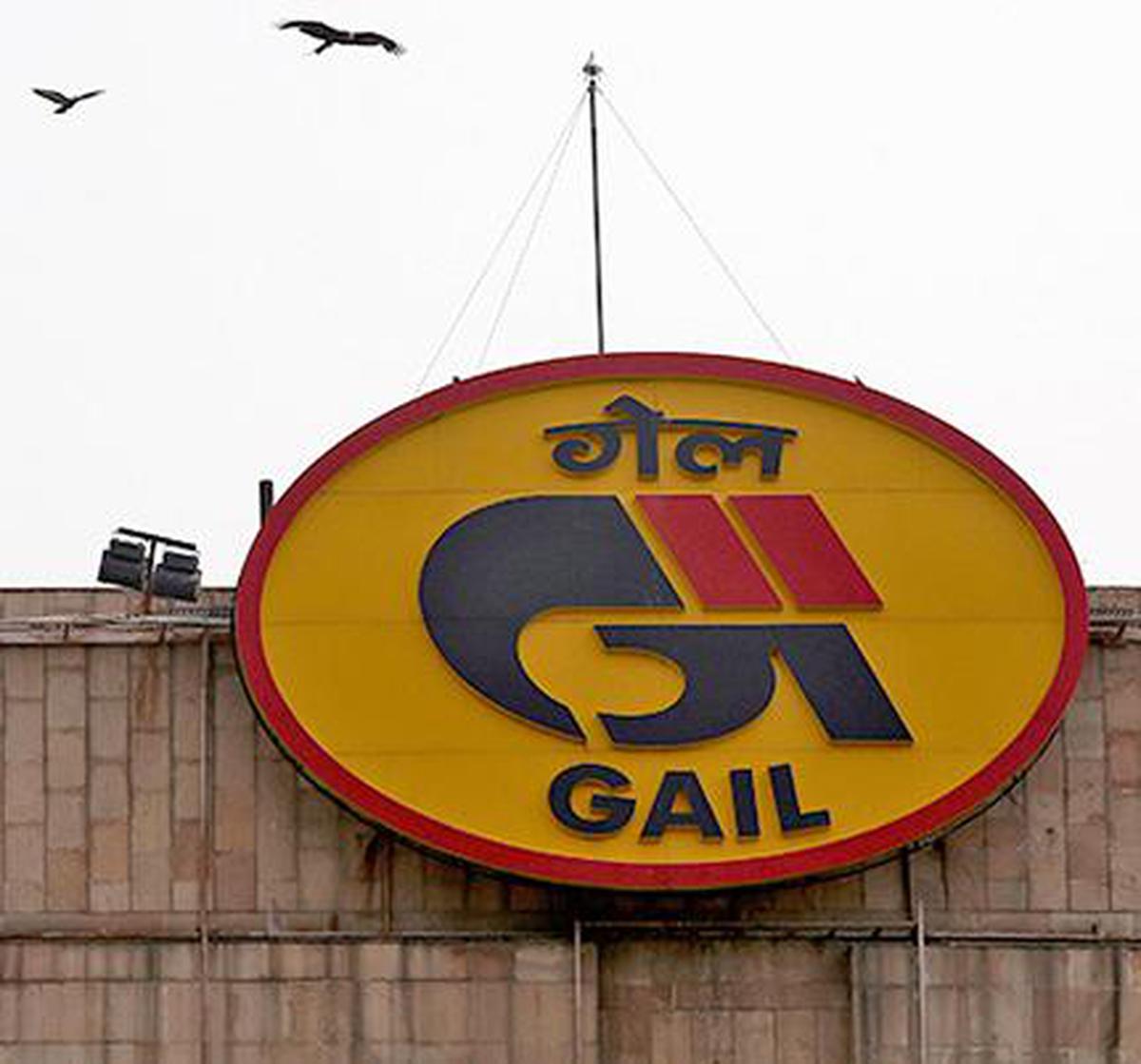
GAIL net profit falls 46 pc as Russian gas supply snag hurts petchem business
The Hindu
GAIL said there was a disruption in liquefied natural gas (LNG) supplies by a former unit of Russia's Gazprom
State-owned gas utility GAIL (India) Ltd on Thursday reported a 46 per cent drop in its September quarter net profit as it slashed petrochemical output after a former unit of Russian energy giant Gazprom stopped gas supplies.
Net profit stood at ₹1,537.07 crore in July-September compared with ₹2,862.95 crore profit in the same period a year back, according to a stock exchange filing of the company.
The profit for the firm that transports and sells natural gas to users like fertiliser plants and CNG retailers was sequentially down 47.2 per cent from ₹2,915.19 crore profit in the April-June quarter.
GAIL's mainstay natural gas marketing business saw revenues doubled but profitability declined 66 per cent as higher gas prices, resulting from a global surge in energy rates following Russia's invasion of Ukraine, hurt margins.
It posted a pre-tax loss of ₹346.22 crore in the petrochemical business in Q2 as compared to a pre-tax profit of ₹363.29 crore a year back and ₹35.16 crore in April-June 2022.
GAIL said there was a disruption in liquefied natural gas (LNG) supplies by a former unit of Russia's Gazprom.
"The company has taken various measures which include reduction of supplies to downstream customers and its internal consumption at Pata petrochemical plant (in Uttar Pradesh) by reducing petrochemical production to have a sustainable operation," it said.

The Union Budget unveiled on February 1, 2025, has come at a time of unprecedented global uncertainty and a flagging domestic economy. The real GDP growth is estimated at 6.4% for 2024-25 and between 6.3-6.8% for 2025-26, a far cry from >8 percent growth required annually to make India a developed nation by 2047. While much attention has been devoted to the demand stimulus through income tax cuts, not enough is said about the proposed reforms in urban development, tariff rationalisation, and regulatory simplification aimed at making Indian cities and corporates more competitive. Since the majority of economic activity is located in cities (urban areas account for ~55% of GDP) and produced by large corporates (~40% of the national output and 55% of India’s exports), the above-mentioned reforms have a pivotal role in improving India’s trend growth rate. Below we unpack each reform.












